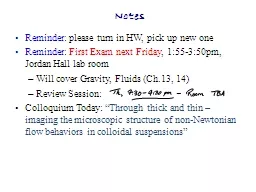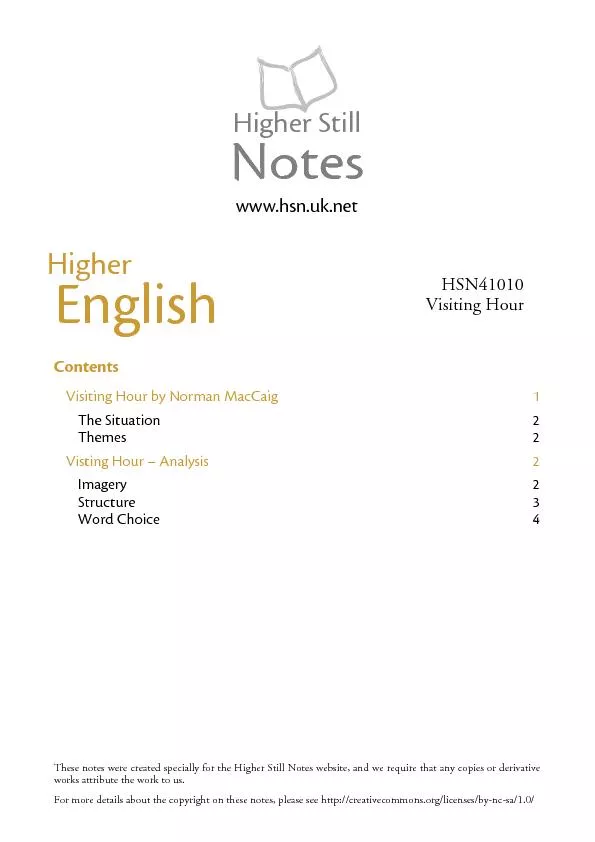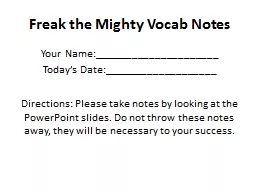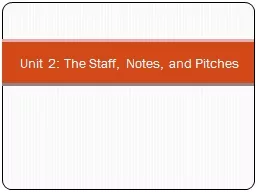PPT-Notes
Author : trish-goza | Published Date : 2016-02-26
Reminder please turn in HW pick up new one Reminder First Exam next Friday 155350pm Jordan Hall lab room Will cover Gravity Fluids Ch13 14 Review Session Colloquium
Presentation Embed Code
Download Presentation
Download Presentation The PPT/PDF document "Notes" is the property of its rightful owner. Permission is granted to download and print the materials on this website for personal, non-commercial use only, and to display it on your personal computer provided you do not modify the materials and that you retain all copyright notices contained in the materials. By downloading content from our website, you accept the terms of this agreement.
Notes: Transcript
Download Rules Of Document
"Notes"The content belongs to its owner. You may download and print it for personal use, without modification, and keep all copyright notices. By downloading, you agree to these terms.
Related Documents














![[EPUB] - Sloth Cornell Notes Notebook: An 8.5 x 11 cornell notes notepad, cornell notes](https://thumbs.docslides.com/907355/epub-sloth-cornell-notes-notebook-an-8-5-x-11-cornell-notes-notepad-cornell-notes-pad-cornell-notes-book-note-taking-notebo.jpg)